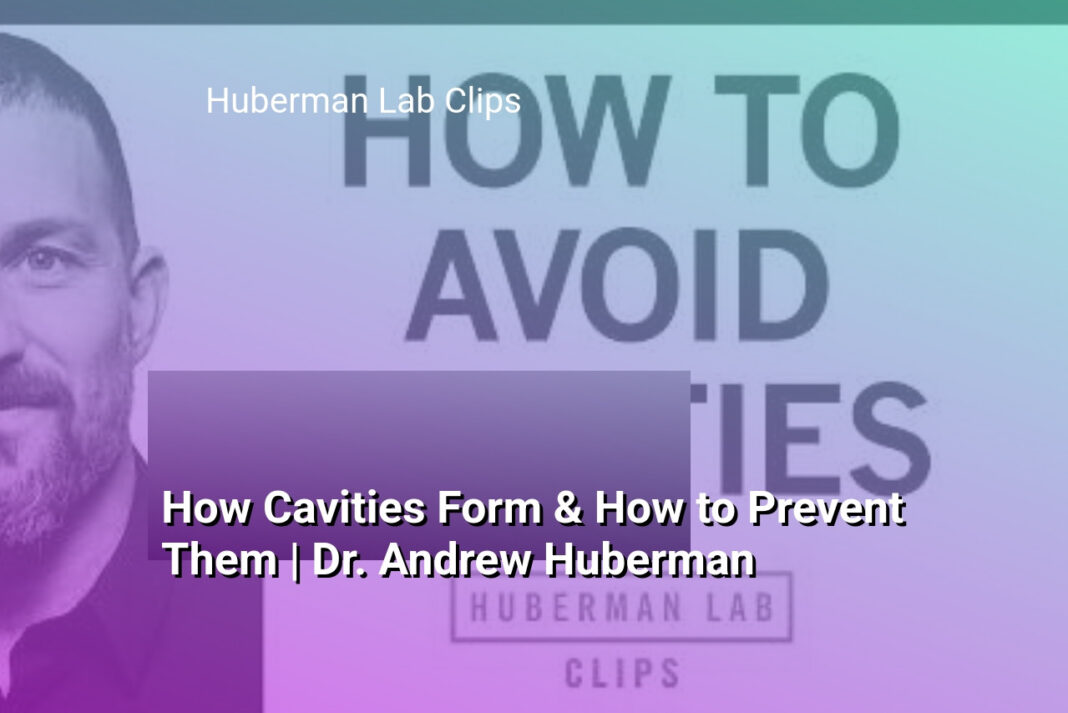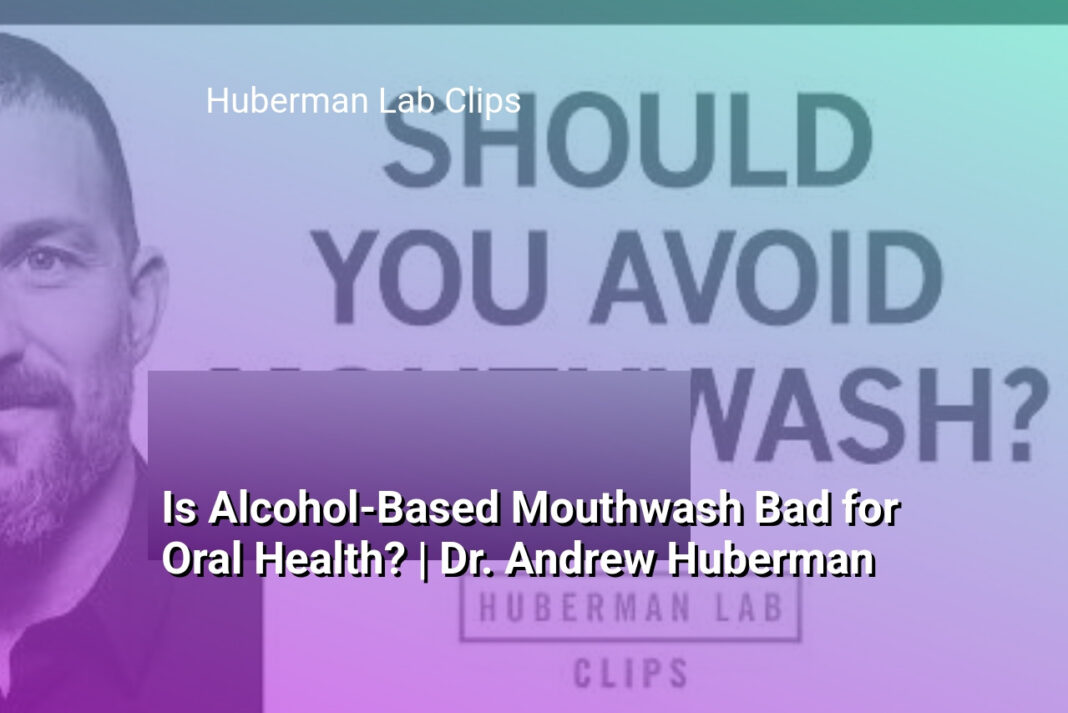The Bottom Line:
Here’s the summary in the requested format:
- I discovered that cavities result from bacterial activity, not sugar itself, with Streptococcus mutans playing a crucial role in tooth decay through acid production.
- The transmission of cavity-causing bacteria can occur through close personal contact, making oral hygiene a shared health concern.
- Maintaining an alkaline mouth environment is essential for tooth remineralization and preventing enamel breakdown.
- The duration of acidic conditions in the mouth significantly impacts cavity formation, highlighting the importance of managing bacterial presence.
- Effective oral care involves balancing diet, minimizing acid exposure, and practicing consistent dental hygiene to protect tooth enamel.
The Bacterial Mechanics Behind Tooth Decay
Microbial Colonization and Acid Production
Streptococcus mutans, a primary bacterial species responsible for tooth decay, operates through a sophisticated mechanism of acid generation. These bacteria attach to tooth surfaces, forming biofilms known as dental plaque. Once established, they metabolize dietary sugars and carbohydrates, converting them into lactic acid. This acid production creates a localized acidic environment that gradually erodes tooth enamel, initiating the demineralization process. The bacteria’s ability to rapidly reproduce and create dense microbial communities accelerates the potential for tooth structure degradation.
Bacterial Adaptation and Survival Strategies
The remarkable adaptability of Streptococcus mutans enables its survival in challenging oral environments. These microorganisms can metabolize various sugar types and even alternative nutrient sources when traditional sugars are unavailable. Their capacity to produce extracellular polysaccharides allows them to create protective matrices that shield bacterial colonies from external disruptions like saliva flow and mechanical cleaning. This protective mechanism makes them particularly resilient and increases their potential to cause sustained dental damage over time.
Biochemical Interactions in Tooth Demineralization
The process of tooth decay involves complex biochemical interactions between bacterial metabolites and tooth mineral structures. When acid concentration increases, calcium and phosphate ions are progressively leached from tooth enamel, weakening its structural integrity. Repeated acid exposure creates microscopic porosity in the enamel, eventually leading to cavitation. The duration and frequency of acidic conditions significantly influence the extent of mineral loss, with prolonged acidic states accelerating the breakdown of tooth structures. Saliva plays a critical neutralizing role, attempting to restore mineral balance and counteract the destructive bacterial processes.
Sugar, Bacteria, and Acid: The Cavity Formation Cycle
The Microbial Ecosystem of Tooth Decay
Within the complex oral environment, Streptococcus mutans plays a pivotal role in cavity formation. These bacteria are not passive inhabitants but active participants in a dynamic process of tooth destruction. When sugar is introduced into the mouth, these microorganisms quickly metabolize it, producing lactic acid as a byproduct. This acid creation is not random but a strategic survival mechanism for the bacteria, allowing them to create an environment conducive to their proliferation.
Acid’s Destructive Mechanism on Tooth Enamel
The acid produced by Streptococcus mutans initiates a process called demineralization, where essential minerals like calcium and phosphate are stripped away from tooth enamel. This gradual erosion weakens the tooth’s protective outer layer, creating microscopic pores and eventually leading to visible cavities. The process is cumulative and progressive, meaning repeated acid exposure accelerates enamel breakdown. Importantly, the duration of acid exposure matters more than the quantity of sugar consumed, making frequent snacking more harmful than occasional sugar intake.
Balancing the Oral Microbiome
Preventing cavity formation requires understanding and managing the delicate balance between demineralization and remineralization. Saliva plays a crucial role in this process, acting as a natural buffer that helps neutralize acids and redeposit minerals back into the tooth enamel. Maintaining an alkaline oral environment through proper hydration, balanced diet, and effective oral hygiene can significantly interrupt the cavity formation cycle. Strategies like reducing sugar consumption, using fluoride products, and promoting saliva production can help shift the oral ecosystem towards a protective state that discourages bacterial acid production and supports tooth remineralization.
Remineralization: Your Tooth’s Natural Defense Mechanism
The Mineral Magic of Tooth Enamel
Tooth enamel is a remarkable biological structure composed primarily of hydroxyapatite, a crystalline form of calcium phosphate. When teeth are exposed to acids produced by bacteria, this mineral structure begins to break down through a process called demineralization. However, the human body has an incredible defense mechanism known as remineralization, which can help repair and strengthen tooth enamel before permanent damage occurs.
How Remineralization Works
The remineralization process relies on essential minerals like calcium and phosphate, which are naturally present in saliva. When these minerals are redeposited into the microscopic pores of tooth enamel, they help restore and strengthen the tooth’s surface. Saliva plays a crucial role in this process, acting as a natural buffer that neutralizes acids and provides the necessary minerals for repair. Factors such as pH levels, mineral availability, and the frequency of acid exposure significantly influence the effectiveness of remineralization.
Enhancing Natural Tooth Repair
Several strategies can support and accelerate the remineralization process. Fluoride is particularly effective, as it helps create a more resistant form of hydroxyapatite called fluorapatite, which is more resilient to acid attacks. Calcium and phosphate-rich foods, along with specialized dental products containing these minerals, can provide additional support for natural tooth repair. Maintaining proper oral hygiene, reducing sugar intake, and allowing sufficient time between meals for saliva to neutralize acids are critical in promoting optimal remineralization and preventing tooth decay.
Time and Oral Environment: Critical Factors in Cavity Development
The Temporal Dynamics of Tooth Demineralization
The duration of acid exposure plays a critical role in cavity development. When teeth are subjected to acidic environments for prolonged periods, the enamel begins to break down more significantly. Streptococcus mutans bacteria rapidly convert sugars into acid, creating a window of vulnerability for tooth structure. Each acid exposure initiates a demineralization process that can last 20-40 minutes, during which tooth enamel loses essential minerals. Repeated and extended acid exposure increases the risk of permanent enamel damage and cavity formation.
Oral Microenvironment and Bacterial Interactions
The mouth’s ecosystem is a complex battlefield where bacterial populations compete and interact. Streptococcus mutans thrives by creating an acidic environment that suppresses other bacterial species. These bacteria form biofilms, or dental plaque, which serve as protective colonies that enhance their ability to produce acid and resist neutralization. The longer these biofilms remain undisturbed, the more destructive they become, progressively weakening tooth enamel and creating conditions conducive to cavity development.
Balancing Remineralization and Protective Mechanisms
Saliva serves as a natural defense mechanism against cavity formation, providing essential minerals and maintaining a balanced pH environment. When saliva’s protective capabilities are overwhelmed by frequent acid exposure, the natural remineralization process becomes compromised. Factors such as reduced saliva flow, frequent sugar consumption, and poor oral hygiene can disrupt this delicate balance. Implementing strategies that support saliva production and minimize prolonged acid exposure becomes crucial in preventing tooth decay and maintaining optimal oral health.
Comprehensive Strategies for Preventing Dental Cavities
Targeted Oral Microbiome Management
Effectively preventing dental cavities requires a strategic approach to managing the oral microbiome. While Streptococcus mutans plays a critical role in cavity formation, comprehensive prevention involves understanding and controlling bacterial populations. Implementing probiotic strategies can help balance oral bacteria, reducing the dominance of harmful microorganisms. Regular use of specialized mouthwashes and oral probiotics can create an environment less conducive to cavity-causing bacteria, effectively disrupting their ability to produce destructive acids.
Advanced Dietary and Nutritional Interventions
Nutritional choices significantly impact dental health beyond simple sugar reduction. Consuming foods rich in calcium, phosphorus, and vitamin D supports tooth remineralization, helping to counteract the demineralization process. Strategic dietary interventions include incorporating foods that naturally buffer oral acidity, such as cheese, which increases saliva production and helps neutralize harmful bacterial acids. Additionally, consuming xylitol-based products can inhibit bacterial growth and reduce the overall acid production in the mouth, creating a protective environment for tooth enamel.
Precision Oral Hygiene Techniques
Modern cavity prevention extends far beyond traditional brushing and flossing. Implementing advanced oral hygiene techniques involves using specialized tools and technologies that target bacterial biofilm more effectively. Electric toothbrushes with ultrasonic technology, water flossers, and interdental brushes provide more comprehensive cleaning compared to traditional methods. Timing and technique are crucial; dentists recommend brushing for a full two minutes, using circular motions, and ensuring complete coverage of all tooth surfaces. Moreover, incorporating antimicrobial mouth rinses with specific ingredients like chlorhexidine can provide an additional layer of protection against cavity-causing bacteria, reducing their population and minimizing acid production potential.





